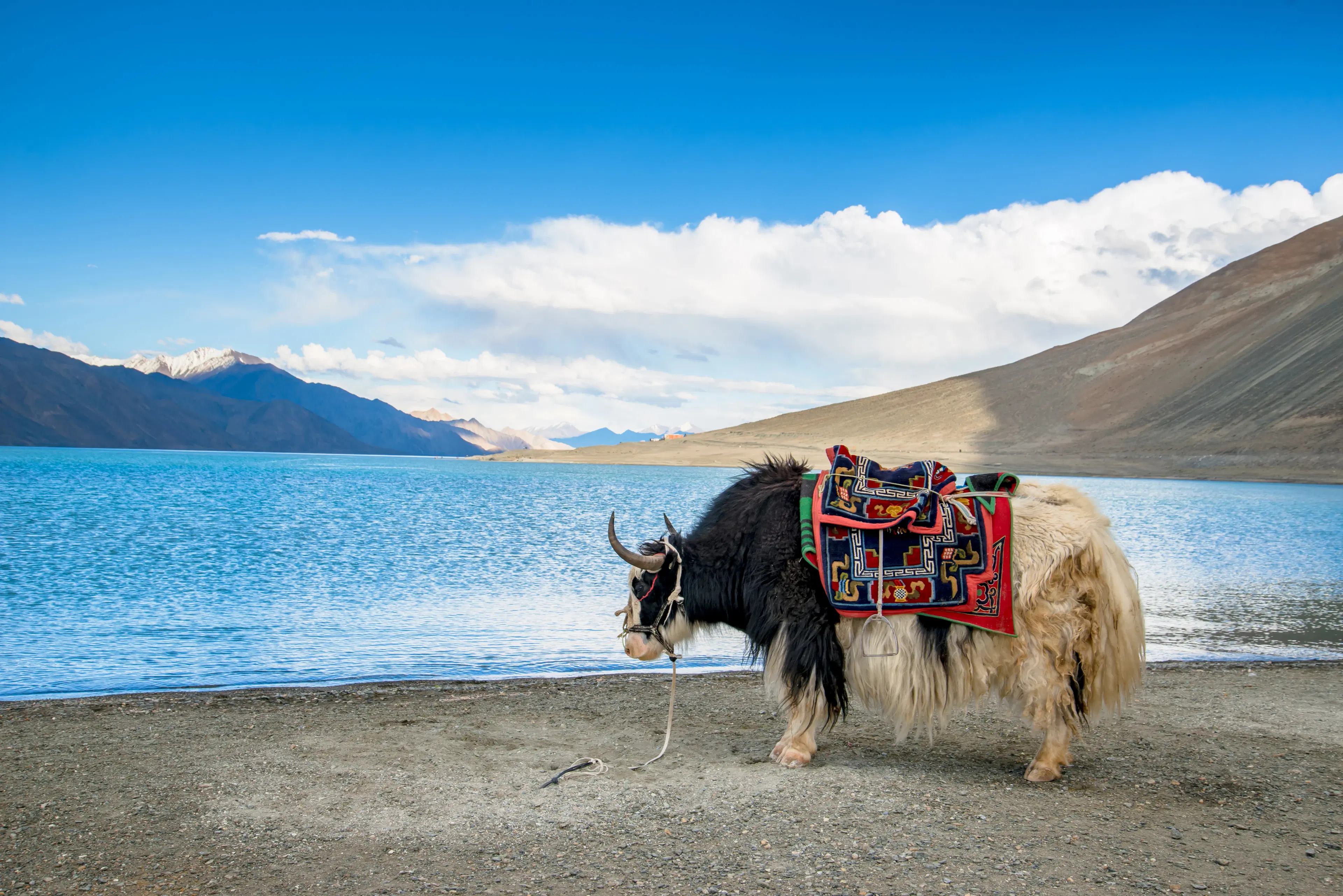
Flights
•03 min read

The pristine beauty of the Great Himalayan National Park World Heritage Site mesmerizes every traveler with its untouched landscapes and a rich tapestry of life. Nestled in the Kullu district of Himachal Pradesh, this UNESCO Natural Heritage Site India stands as a testament to the rich Himalayan biodiversity and the efforts to preserve one of the world's most unique ecosystems. With Tata Neu Travel, planning your visit becomes seamless, offering exclusive member deals and the chance to earn NeuCoins (1 NeuCoin = 1₹ saving) on every booking. In this post, you will learn about the park's geography, its remarkable flora and fauna, conservation efforts, and trekking opportunities that call to eco-tourists and adventurers alike.
Located amid the lofty Himalayan ranges, the Great Himalayan National Park offers an exquisite blend of coniferous forests, alpine meadows, glaciers, and rugged mountain peaks. Recognized as a UNESCO Natural Heritage Site India for its outstanding natural beauty and ecological significance, the park plays a critical role in preserving a vast array of flora and fauna native to the high-altitude landscapes. It stands as one of the key protected areas in Himachal Pradesh, safeguarding unique ecosystems that prosper in its natural sanctuary.
The topography of the park consists of scenic glaciers and meandering rivers cradled by steep mountains, creating diverse habitats that sustain life against all odds. This natural haven is not only a reservoir of rare species but also a symbol of harmonious coexistence between nature and conservation efforts in the region.
The park is a living museum of the Himalayan flora and fauna, where travelers can witness a vibrant display of nature’s wonders. From lush green forests to high-altitude meadows, GHNP is home to several endemic and endangered species, including the elusive Snow Leopard and the iconic Western Tragopan. Bird lovers and nature researchers alike find solace here, as the park offers an intimate glimpse into the wild heart of the Himalayas.
Insight Corner
Did You Know? The Great Himalayan National Park is home to a remarkable diversity of fauna and mammals, underscoring its ecological significance.
The Great Himalayan National Park stands as a cornerstone among the conservation areas in India. It represents a coordinated effort by local communities and conservationists to protect and preserve a fragile ecosystem. Eco-tourism here plays a pivotal role — offering travelers a chance to engage with nature responsibly while also contributing to the park’s protection. This approach not only educates visitors on the importance of sustainable tourism but also supports initiatives that minimize human impact on the natural surroundings.

While the park is a sanctuary for countless species, it is not without its challenges. Climate change, increasing human activity, and habitat disturbances are ongoing concerns. However, the ongoing projects and conservation initiatives continue to provide a beacon of hope for preserving the pristine heritage of this natural wonder.
For those eager to explore the majestic landscapes up close, trekking in the Great Himalayan National Park offers a soulful journey amidst nature. Visitors can choose from varied trekking routes, such as those meandering through the Sainj and Tirthan valleys, each route unveiling unique panoramic vistas and serene wilderness. Tata Neu Travel ensures that your adventure is both luxurious and hassle‐free, with personalized recommendations and integrated loyalty rewards. Whether you are a seasoned trekker or an enthusiastic novice, the park accommodates different difficulty levels while rewarding every traveler with unforgettable experiences.
As you traverse its rugged trails, expect to be enchanted by the diverse flora, sweeping mountain views, and fleeting glimpses of the park’s elusive wildlife. To ensure the natural beauty remains intact, practicing responsible trekking is essential. Keep to designated trails and minimize waste to support the park’s ongoing conservation efforts.
The park unfolds its full splendor during the spring months when blooming rhododendrons paint the valleys in vibrant hues, and again in the autumn when pleasant weather creates the perfect atmosphere for exploration. Plan your visit between April and June or October and November to witness the park in its best light.

The park is situated in the Kullu district of Himachal Pradesh, India.
The Western Tragopan, an endangered bird species, is one of the park’s most iconic inhabitants.
The park’s exceptional biodiversity, unique ecosystems, and significant role in conserving Himalayan biodiversity earned it this distinguished designation.
Yes, multiple trekking routes cater to both beginners and experienced trekkers, offering a spectrum of challenges and scenic rewards.
The optimal visiting periods are between April and June and again in October and November, when the weather is most conducive to trekking and leisurely exploration.
This exploration of the Great Himalayan National Park World Heritage Site reveals not only its breathtaking landscapes but also underscores the mindful efforts necessary for preserving such irreplaceable ecological treasures. From the vibrant diversity of flora and fauna to the thought-provoking initiatives in conservation and eco-tourism, the park invites you to be a part of its remarkable story. Whether trekking through its rugged trails or simply absorbing the tranquility of nature, remember that responsible tourism plays a crucial role in safeguarding these natural wonders for future generations.